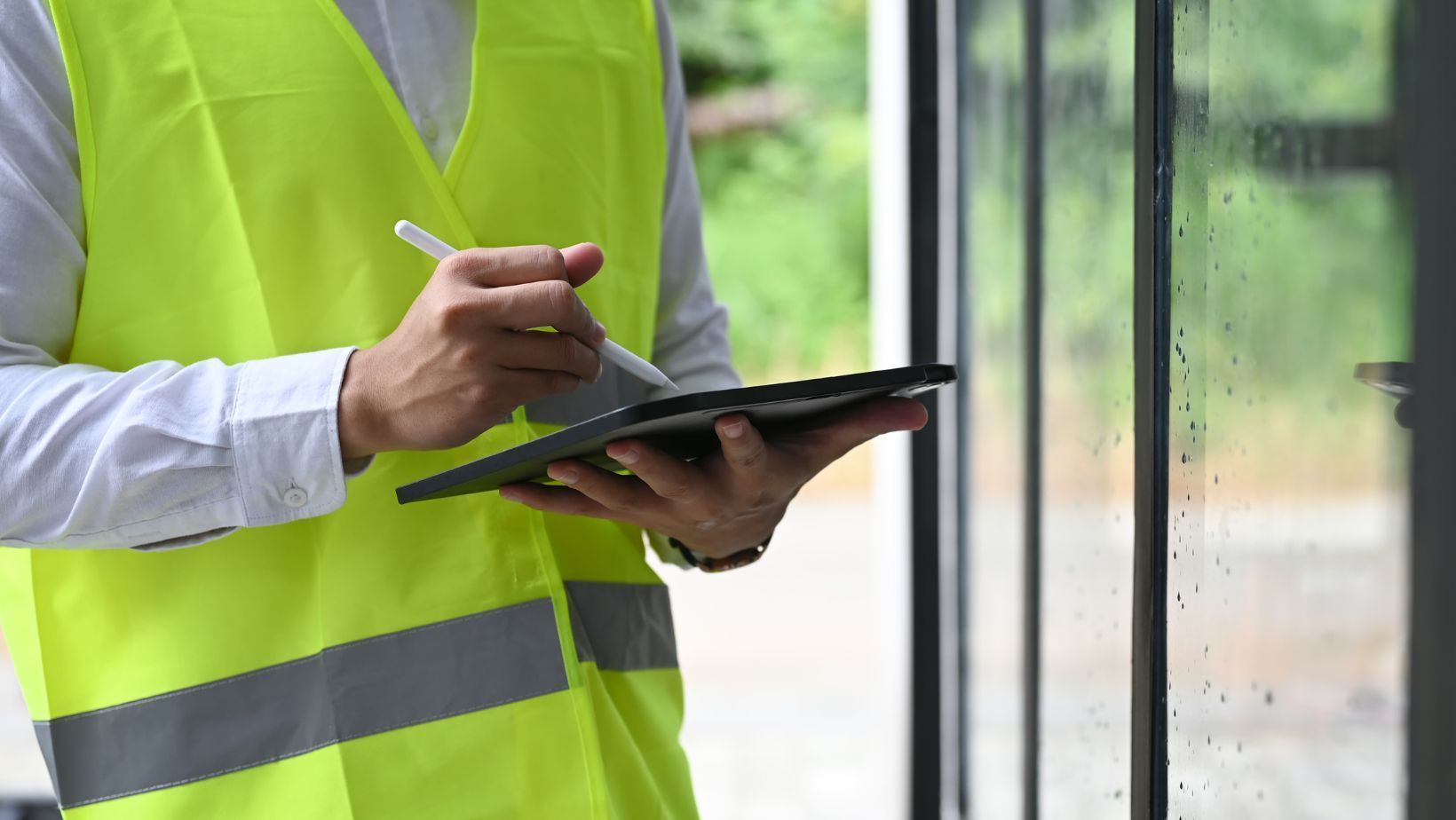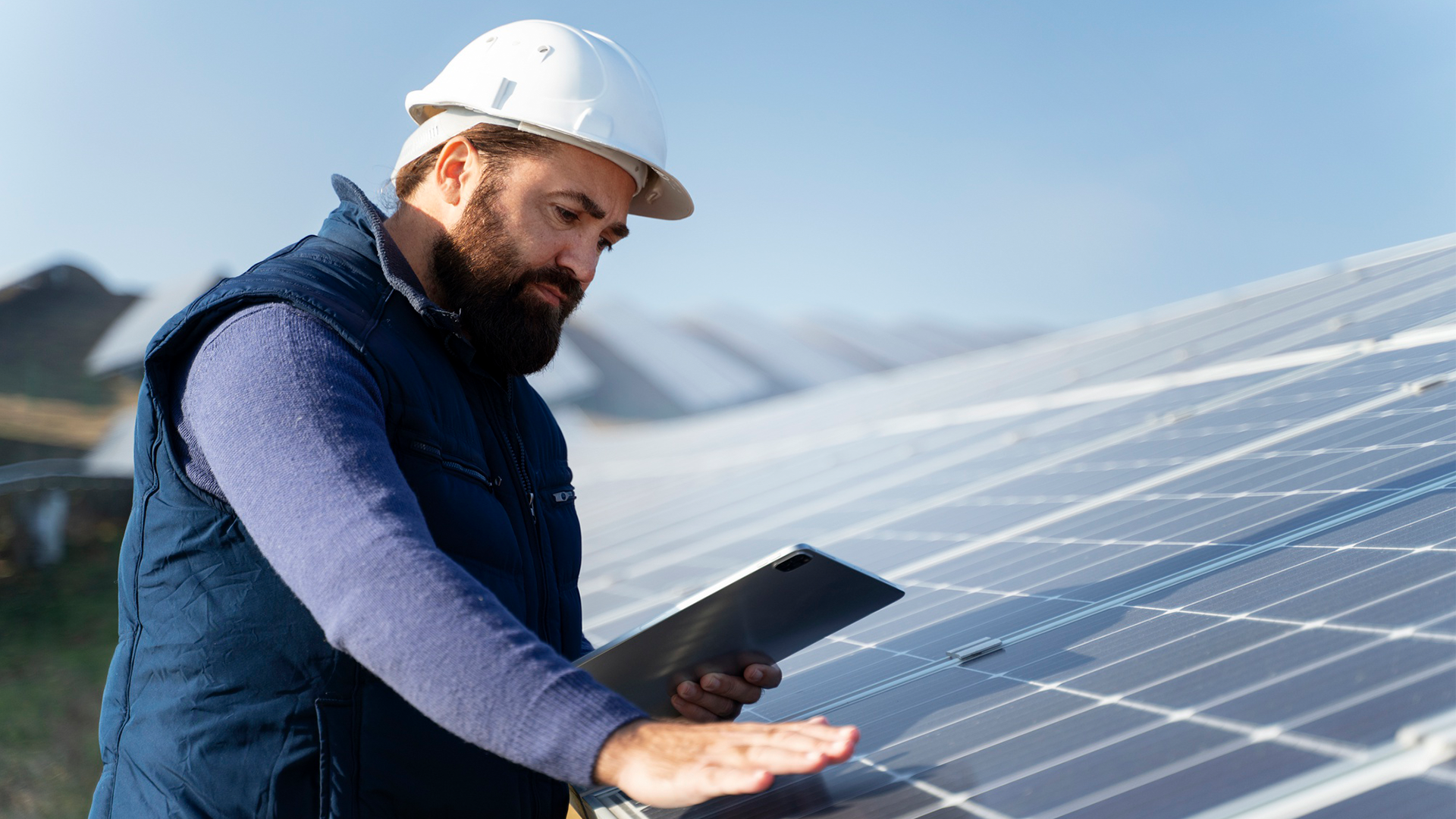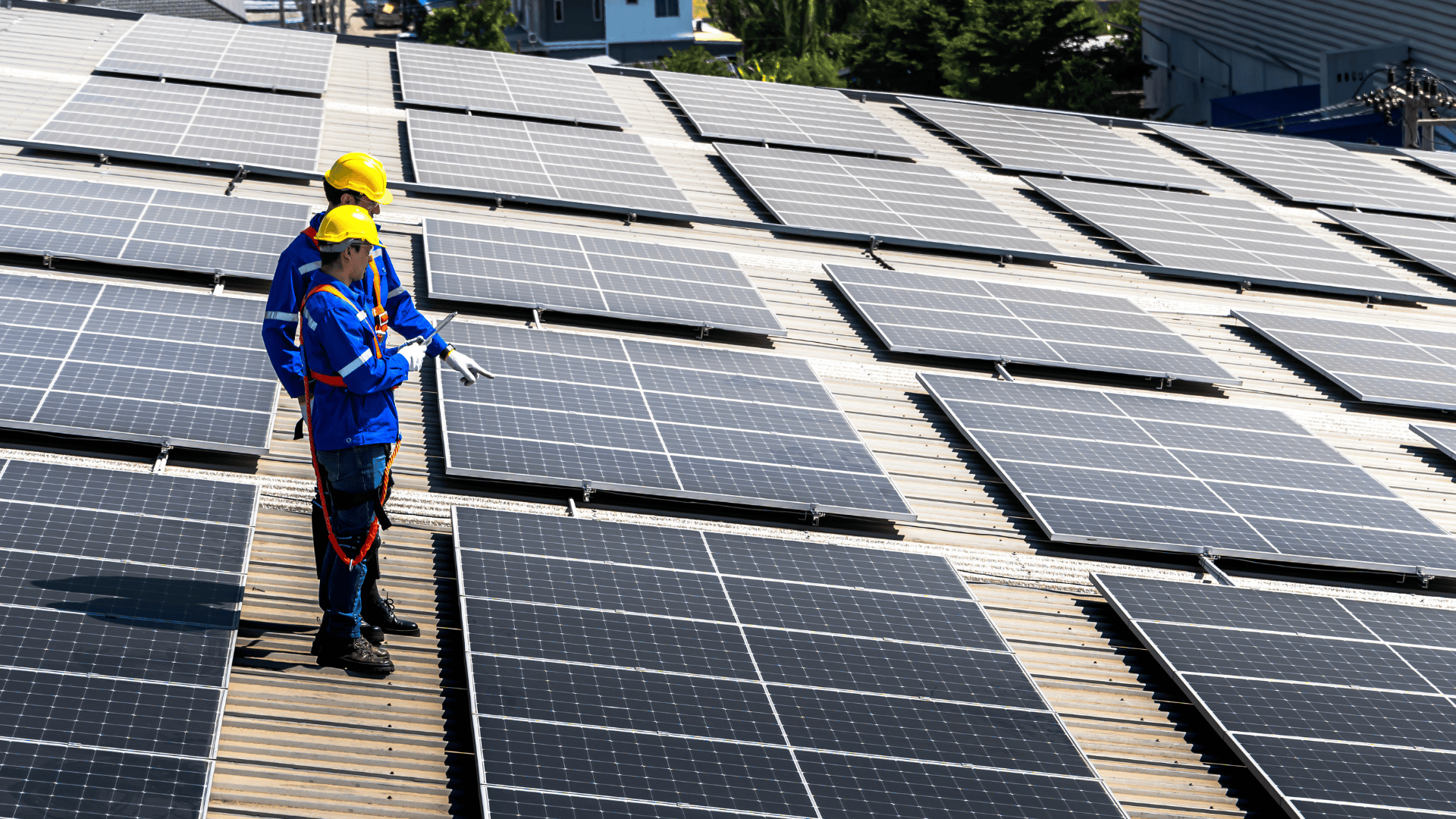December 21, 2023
Embarking on the journey towards harnessing solar energy is a commendable step toward sustainability and a reduced carbon footprint. However, the success of any solar panel installation hinges on a critical yet often overlooked aspect: the Solar Site Survey.
In this detailed guide, we explore the importance of a solar site survey checklist.
We will uncover the essential components, requirements, and formats that contribute to a successful solar site survey. By understanding these aspects, you will gain the confidence to navigate the renewable energy landscape effectively.
What is the Solar Site Survey Checklist?
A solar survey checklist lists items that should be included in a survey of a potential solar power installation site. The checklist should include items such as the size and orientation of the site, the amount of shading, the availability of water and electricity, etc.
By including these items on the checklist, solar installers can ensure that they can collect all of the necessary information about a potential installation site.
What information do you need to gather from a Site Survey?
Usually here's what needs to gather from the survey:
1. Customer information:
This can include things like the customer's name, contact information, company's name, and the property's address that will be surveyed for the solar system installation. This information will help ensure that the survey is conducted properly and accurately.
2. Site information:
This includes things like the Location of the site, Latitude and Longitude, Roof height, Roof pitch-free Space, Structure Type ( RCC/ Metal sheet) the terrain, and any potential obstacles that may be present.
This information is important to determine the best way to set up your solar panel system and ensure that you have a clear signal.
3. Site data:
You'll need to collect various data points about the site itself, such as its location, size, topography, climate, and so on. This data will help determine the best way to access the site, what type of equipment will be needed, and what safety precautions need to be taken.
4. Electrical Infrastructure:
To properly assess a potential electrical installation site, you will need to gather information about the electrical system and infrastructure.
This includes the Electrical grid, Connection type ( single/3 phase) power lines, Sanctioned load, Installed capacity and voltage of transformers, Consumption load, and other wiring.
You will also need to find out about any permits or licenses that may be required. Once you have this information, you can start to assess the feasibility of the project.
5. Potential hazards:
You'll need to be aware of any potential hazards that may be present at the site, such as toxic materials, dangerous wildlife, steep terrain, and so on. This information will help you plan for a safe and successful survey.
6. Additional documents:
If the site you're surveying is part of a larger project, you'll need to gather any additional documents that have been prepared for the project.
This could include things like engineering reports, geotechnical reports, recent electricity bills, single-line diagrams, rooftop sketches, site photos, CAD files, environmental assessments, and more.
Sunbase design software provides CAD designs for easy implementation, it allows to download files which are digital files that contain 3D and 2D designs as well as details on materials, methods, and other information.
7. Client requirements:
It's important to understand the client's requirements for the project, as this will dictate what needs to be included in the survey. Things like the purpose of the survey, the budget, the timeline, and any specific concerns or requests they may have.
You can read this article to learn more about Sunbase Solar Design Software
Components of a Solar Site Survey Checklist
By incorporating some considerations into your solar site surveys, solar installers can make informed decisions and provide accurate assessments of the suitability of a location for solar power installations.
Here's a breakdown of all the components:
1. Local Climate
Average sunlight: Measure the amount of sunlight the location receives throughout the year. Tools like solar maps can help provide this information.
Average temperatures: Consider temperature variations and extremes, as they can affect solar panel efficiency and lifespan.
2. Site Assessment
Size of the site: Evaluate the available space for installing the solar energy system. Larger sites may accommodate larger systems.
Orientation: Determine the optimal orientation of solar panels based on the site's geography. South-facing solar installations generally receive the most sunlight.
Shading: Identify potential sources of shading, such as trees or nearby buildings, as they can significantly impact azimuth solar exposure and therefore energy production.
Availability of water and electricity: Ensure that the installation site has access to necessary resources for maintenance and operation.
3. Performance Evaluation
Assess the solar system's performance based on the collected data on the site survey form. Use software tools or models to estimate energy production.
Consider local regulations and permitting requirements, as they can impact the feasibility and timeline of the installation.
Evaluate the economic viability, including the cost of installation, potential savings, and available incentives or rebates.
4. Environmental Impact
Assess the environmental impact of the installation. Consider factors such as land use, potential disruption to local ecosystems, and disposal/recycling of materials.
5. Financial Considerations
Evaluate the return on investment (ROI) and payback period to determine the project's economic viability.

Solar Site Survey Report Requirements and Format
A solar site survey is an essential step in the process of planning and designing a solar energy system. It involves collecting data and analyzing various factors to determine the feasibility, efficiency, and overall success of a solar installation at a specific location.
To ensure the accuracy and consistency of a commercial or residential solar site survey report, certain requirements and formats must be followed when conducting a solar site survey.
Now we will outline these requirements and provide a detailed format for conducting a comprehensive solar site survey:
Requirements
- Property Ownership Information: The first requirement for a solar site survey is to obtain ownership information of the property where the installation will take place. This includes the name and contact information of the property owner as well as any relevant legal documents such as land deeds or lease agreements.
- Structural Information: Accurate and detailed structural information is crucial for determining the appropriate placement and mounting of solar panels. This includes measurements and diagrams of the roof, as well as any potential obstructions such as chimneys or vents.
- Electrical Infrastructure: A thorough understanding of the property's electrical infrastructure is necessary to determine if it can accommodate a solar installation. This includes information on the main electrical panel, utility meter, and any existing wiring or circuits.
- Shading Analysis: The amount of shade that falls on a property can greatly affect the efficiency of a solar energy system. A shading analysis must be conducted to determine potential obstructions such as trees, buildings, or other objects that may cast shadows on the solar panels.
- Energy Consumption Data: To accurately size and design a solar energy system, data on the property's energy consumption is required. This includes historical energy bills and usage patterns to determine the appropriate system size and potential cost savings.
Format
- Introduction: The first section of the report should provide an overview of the purpose of the survey and the scope of work to be completed.
- Property Information: This section should include all relevant ownership and structural information.
- Electrical Infrastructure: Here, provide a detailed assessment of the property's electrical infrastructure, including any necessary diagrams or measurements.
- Shading Analysis: Include a shading analysis report with diagrams and images to demonstrate any potential obstructions that may affect solar panel placement.
- Energy Consumption Data: This section should include a thorough analysis of the property's energy consumption and how it may impact the design of the solar energy system.
- Conclusion: The final section should summarize the findings of the survey and provide recommendations for moving forward with the solar installation process.
Additional Considerations
- Weather Conditions: It is important to take into account weather conditions, such as average sunlight hours and potentially extreme weather events, when conducting a solar site survey.
- Local Regulations: Before beginning the survey, it is essential to research any local regulations or restrictions that may impact the installation of a solar energy system.
- Safety Precautions: When conducting a physical assessment of the property, safety precautions must be taken to avoid any accidents or injuries.
Things You Must Remember:
- The report should be accurate and up-to-date: Solar panels can only be installed at locations that receive enough sunlight, so the report must include data on sunlight exposure
- The report should be comprehensive: It should include information on all potential obstacles to solar panel installation, such as shading from trees or buildings.
- The report should be well-organized: Solar companies need to be able to quickly and easily find the information they are looking for.
Conclusion
Solar Site Survey Checklist acts as a comprehensive guide for solar installers, offering a structured approach to evaluate potential installation sites. From considering the local climate and site-specific details to assessing environmental impact and financial considerations, this checklist ensures a thorough analysis of key factors.
By adhering to the checklist's requirements and format for a detailed solar site survey report, solar companies can make informed decisions, enhancing the efficiency and sustainability of solar panel installations. If you need software for designing solar project software along the way, don’t hesitate to contact us to book a demo to learn more about solar design software.
About Sunbase
Sunbase helps solar companies succeed through a suite of Solar CRM tools like Solar Lead Management Software, Solar Proposal Software, etc.! To book your free demo or an appointment, contact us here
I agree to receive marketing messaging from Sunbase at the phone number provided above. I understand data rates will apply, and can reply STOP to OPT OUT.







